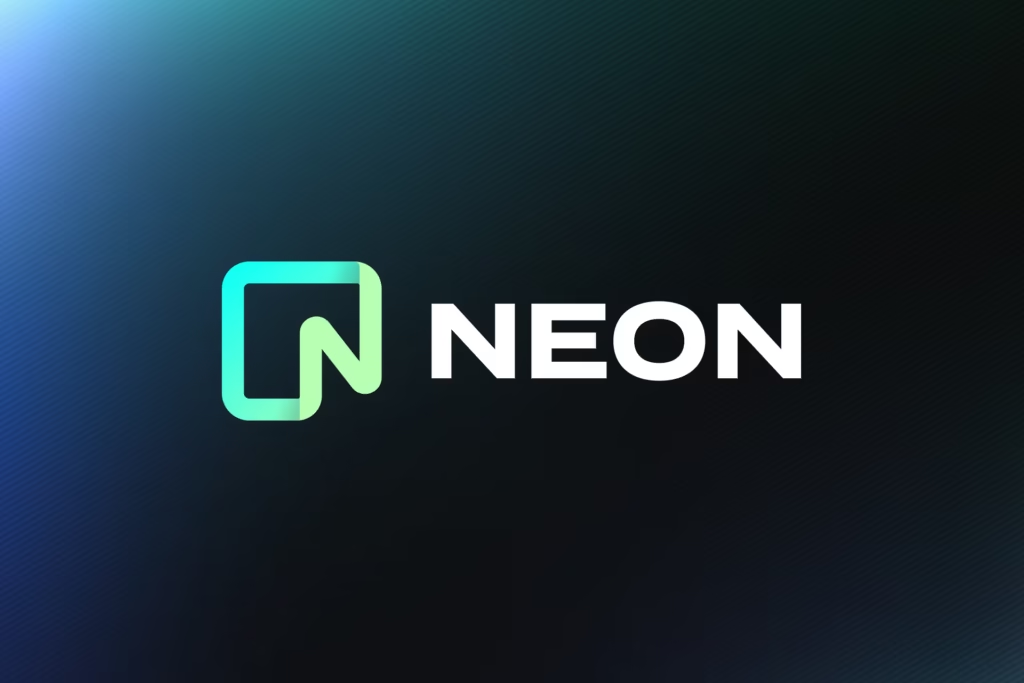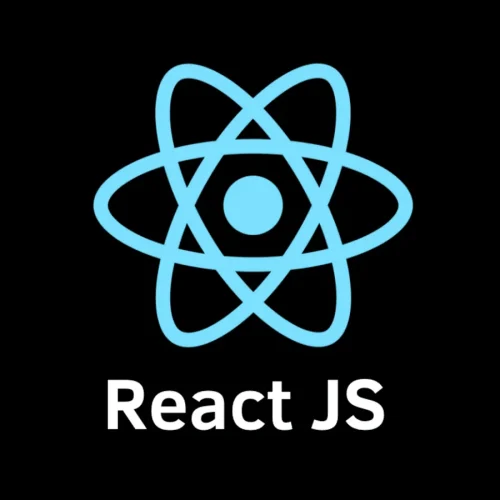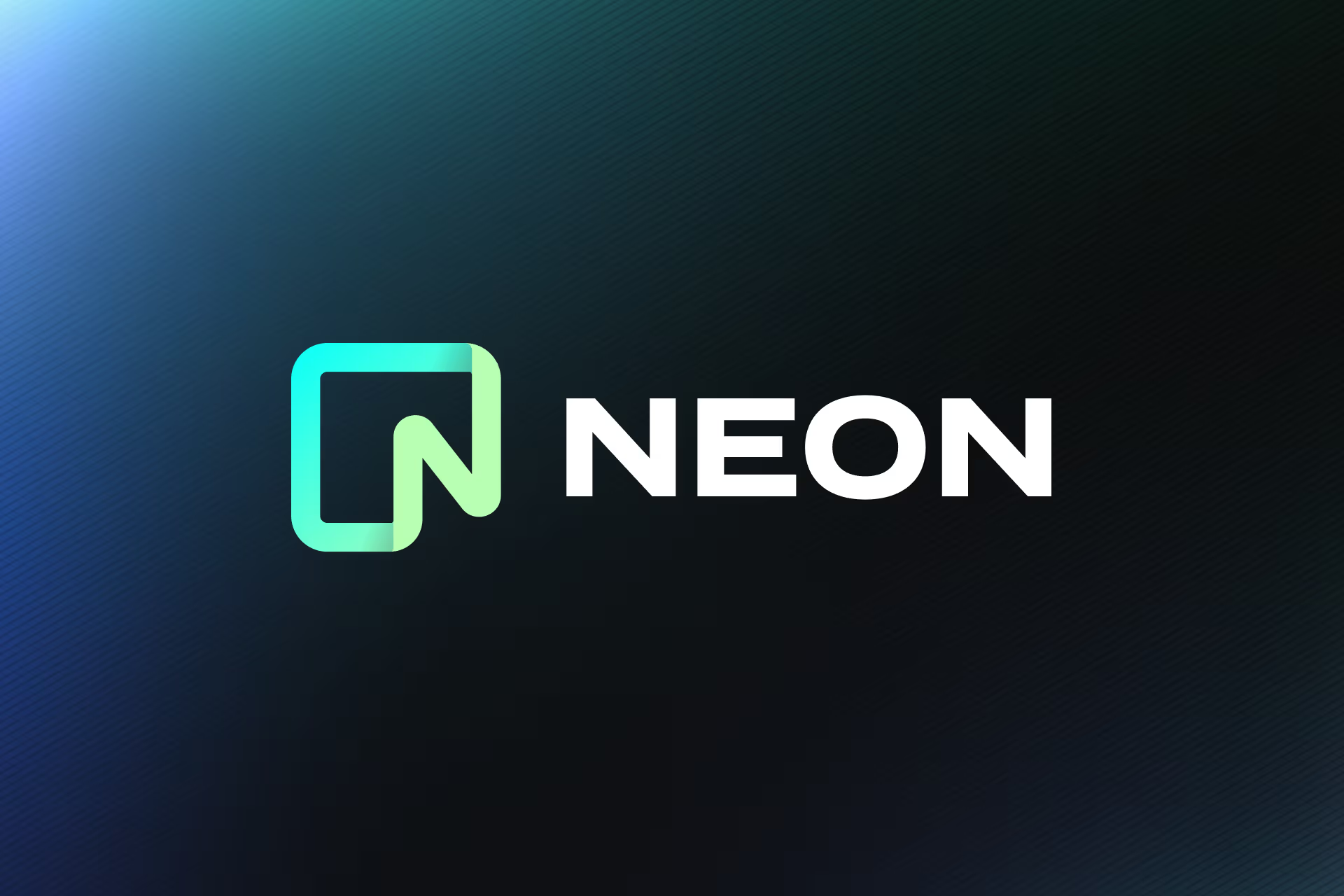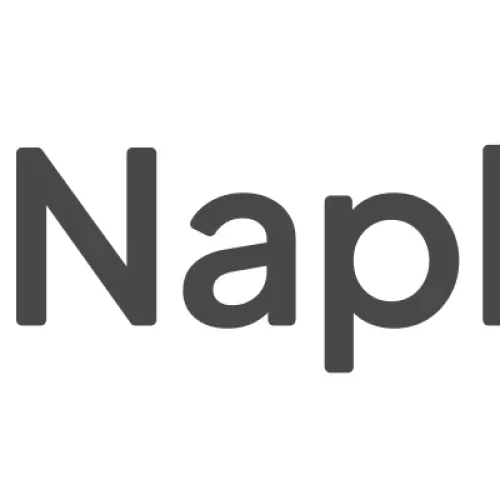
Overview of Cloud Databases in the Modern Era
Cloud databases have emerged as the lifeblood of modern digital infrastructure. Businesses, developers, and data engineers increasingly rely on them to store, access, and manipulate data at scale with minimal overhead. Traditional monolithic databases have given way to distributed, elastic, and highly available solutions. In this paradigm, agility, scalability, and automation are not luxuries—they are non-negotiable expectations.
Platforms like Amazon RDS, Google Cloud Spanner, and Azure Cosmos DB have paved the way for innovation. However, the surge of serverless computing, real-time data demands, and developer-centric workflows has called for more tailored solutions. Neon DB rises within this context, blending the familiarity of PostgreSQL with the flexibility of cloud-native design.
Why Developers Are Seeking Smarter Database Solutions
Developers are navigating a landscape where product iteration cycles are short, customer expectations are high, and infrastructure complexity must be abstracted. Legacy databases often act as bottlenecks, unable to keep pace with microservices, event-driven architectures, and hybrid cloud deployments.
Smart databases are not just about storage—they must be self-managing, self-scaling, and deeply integrated into DevOps ecosystems. Developers seek solutions that reduce cognitive load, allow fast prototyping, and provide granular control over data versions without sacrificing performance. Neon DB was conceived to fulfill these nuanced requirements.
Understanding the Basics: What Is Neon DB
Neon DB is a fully managed, serverless PostgreSQL database that reimagines how relational data is stored, accessed, and versioned in the cloud. Built from the ground up for serverless environments, Neon preserves PostgreSQL’s powerful feature set while optimizing for the cloud’s distributed nature.
It is more than just a PostgreSQL clone in the cloud—it is a paradigm shift that introduces new primitives for modern development, including branching, autoscaling, and immutable storage layers.
Core Concept and Architecture of Neon DB
At the heart of Neon DB lies a separation of compute and storage, achieved through an innovative architecture. The compute layer, responsible for query processing, is ephemeral and stateless, while the storage layer is durable, append-only, and optimized for cloud object storage systems like Amazon S3.
This bifurcation enables horizontal scalability and cost efficiency. Neon uses a custom WAL (Write-Ahead Log) service that decouples durability from compute, allowing near-instant branching, point-in-time recovery, and fast failovers—all essential for mission-critical applications.
How Neon DB Differs from Traditional PostgreSQL
While Neon DB remains wire-compatible with PostgreSQL and supports its extensions and ecosystem, it introduces a cloud-native execution model. Traditional PostgreSQL instances are tightly coupled; scaling and high availability require orchestration layers or replication.
In contrast, Neon offers on-demand compute and persistent storage that can scale independently. Developers can create branches of their databases—akin to Git branches—instantly, without duplicating data. This changes how applications are developed, tested, and deployed.
The Rise of Serverless Databases
Serverless databases mark a shift in the database-as-a-service (DBaaS) model. Rather than managing servers or instances, users interact with an API and are billed based on consumption, not uptime. Serverless removes operational burdens while promoting elastic scalability.
This model aligns with contemporary software development practices, where infrastructure must scale with unpredictable workloads and ephemeral applications.
How Serverless Infrastructure is Shaping Data Storage
Serverless infrastructure favors event-based architectures, stateless services, and containerized deployments. Data storage solutions must adapt by offering instant provisioning, deep integration with CI/CD pipelines, and seamless multi-environment support.
As applications become more fragmented and distributed, data must be consistently available, versioned, and reproducible across environments. Neon DB’s branching and snapshot capabilities are a direct response to these requirements.
Where Neon DB Fits in the Serverless Movement
Neon DB epitomizes the principles of serverless. It spins up compute environments in milliseconds and shuts them down automatically when idle. This efficiency reduces costs for development and staging environments while ensuring high availability in production.
It empowers developers to treat databases like code—branch, merge, test, and deploy changes with precision. Neon’s stateless compute model allows for rapid scale-out during traffic spikes, aligning perfectly with the elasticity of modern cloud-native apps.
Key Features That Define Neon DB
Separation of Storage and Compute for Efficiency
Decoupling storage from compute allows Neon to optimize each independently. Storage is durable and append-only, ideal for snapshots and backups, while compute is fast and stateless. This results in reduced cold-start times, efficient resource usage, and rapid scale-in/scale-out operations.
Built-In Autoscaling and Instant Branching
Neon DB can automatically adjust resources based on load. Its branching feature enables developers to spin up isolated copies of a database in seconds—perfect for testing, preview deployments, and analytics without affecting the primary database.
Advanced Version Control and Data Recovery
Time-travel queries, point-in-time recovery, and git-like branching make data workflows more robust. If a mistake is made, developers can revert to a previous state or compare changes between environments. This dramatically reduces debugging time and supports agile development cycles.
Why Neon DB Matters in Today’s Cloud Ecosystem
Performance Gains in Real-Time Applications
Real-time applications demand low-latency data access and high concurrency. Neon’s cloud-optimized WAL architecture and distributed compute nodes ensure minimal lag and fast throughput, making it suitable for financial apps, analytics dashboards, and collaborative platforms.
Cost Optimization for Startups and Enterprises
Neon’s pay-as-you-go pricing and auto-suspend features make it budget-friendly. Startups benefit from low idle costs during prototyping phases, while enterprises enjoy operational efficiency at scale without provisioning resources manually.
Neon DB vs Traditional PostgreSQL
Major Differences in Architecture and Use Cases
Traditional PostgreSQL relies on stateful, monolithic architecture, which can be inflexible and costly to scale. Neon’s serverless, stateless compute layer and shared storage model cater to dynamic, high-concurrency environments with minimal overhead.
Migration Benefits and Challenges for PostgreSQL Users
Since Neon is PostgreSQL-compatible, most applications require minimal changes. However, users must adapt to the nuances of serverless behavior—ephemeral connections, cold starts, and compute lifecycle management. While the learning curve is mild, it requires a shift in operational mindset.
Use Cases: Who Should Use Neon DB and When
Ideal Scenarios for Startups, SaaS Apps, and DevOps
Startups can iterate faster with instant branching and rollback. SaaS companies benefit from multi-tenant support and cost-efficient scaling. DevOps teams enjoy seamless environment provisioning and integration with Git-based workflows.
Real-World Examples of Neon DB in Production
Companies building CI/CD platforms, API-first products, and data analytics tools have adopted Neon to accelerate deployment pipelines, improve uptime, and manage isolated environments without infrastructure sprawl.
Security and Compliance in Neon DB
How Neon DB Handles Data Protection and Encryption
Neon encrypts data at rest and in transit using industry-standard protocols. WAL segments and snapshots are stored securely, and access controls ensure that only authorized compute nodes can interact with storage.
Compliance Features for Regulated Industries
Neon supports audit logging, fine-grained access control, and region-based data residency. These features are crucial for organizations operating in finance, healthcare, and legal sectors where compliance with GDPR, HIPAA, or SOC 2 is mandatory.
Integration Capabilities and Developer Tools
Support for Popular Frameworks and APIs
Neon works seamlessly with popular tools like Prisma, Sequelize, and SQLAlchemy. It supports standard PostgreSQL clients and libraries, ensuring compatibility with existing applications and workflows.
CI/CD, GitOps, and Workflow Automation with Neon DB
Developers can integrate Neon with GitHub Actions, Terraform, or Pulumi to automate database provisioning and deployment. Its branching feature aligns naturally with GitOps principles, making it ideal for preview environments and testing data-driven features.
Performance Benchmarks and Comparisons
Latency, Throughput, and Scalability Metrics
Neon exhibits impressive performance under load, with consistent latency below 50ms for most workloads and throughput scaling linearly with compute allocation. Its autoscaling compute layer handles traffic bursts gracefully without degrading performance.
How Neon DB Stacks Against Other Cloud Databases
Compared to Firebase, Supabase, and Aurora Serverless, Neon offers deeper PostgreSQL compatibility, stronger versioning features, and better developer ergonomics. While some platforms offer broader service portfolios, Neon excels in specialization and simplicity.
Challenges and Limitations of Neon DB
Current Constraints and Areas for Improvement
Neon is still maturing, and some advanced PostgreSQL extensions may be unsupported. Cold-start latency, though minimized, can impact certain real-time use cases. Additionally, hybrid and on-premise deployments are not currently available.
What Users Need to Watch Out for in Production
Developers should plan for ephemeral compute sessions and ensure connections are handled gracefully. Long-lived connections may be interrupted, so apps must be designed with resilience and retry logic.
The Future of Neon DB and Cloud-Native Databases
Roadmap and Upcoming Features
Neon plans to introduce AI-powered query optimization, global data replication, and more robust analytics capabilities. Support for richer telemetry and observability is also in development.
How Neon DB Could Influence the Next Generation of Databases
By pioneering Git-like workflows in databases, Neon may redefine how teams collaborate around data. Its approach could inspire a new category of versioned, decentralized, cloud-native relational databases.
Conclusion
Summarizing the Value Proposition of Neon DB
Neon DB represents a leap forward in relational database design—cloud-native, developer-first, and inherently serverless. It retains the power of PostgreSQL while embracing the principles of modern software architecture.
Final Thoughts on Adopting Neon DB in Modern Workflows
For teams seeking agility, performance, and operational simplicity, Neon DB is a compelling choice. It aligns with the needs of rapid development cycles, scalable architectures, and data-driven innovation. Embracing Neon may not just optimize infrastructure—it may transform how applications evolve.



